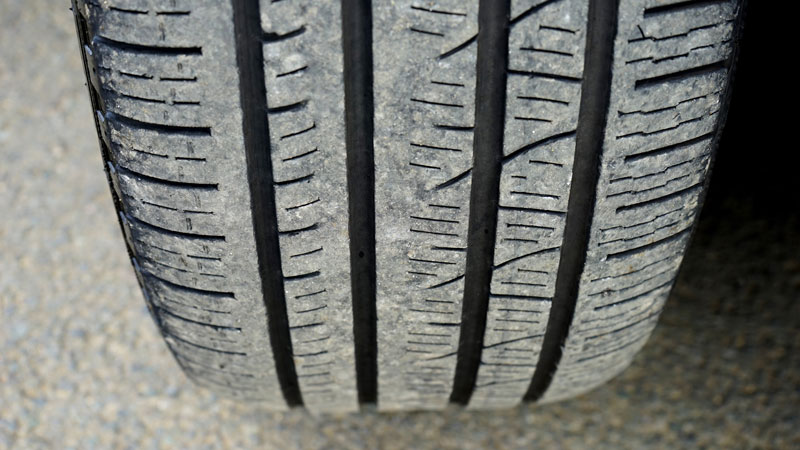With colder winters approaching and snow in the forecast, it’s important to know the difference between tires and what you’ll need. Wintery conditions can make roads difficult and even dangerous to traverse. In fact, winter driving can be so hazardous, that some provinces like British Columbia have made winter tires mandatory on some roads. Prior to purchasing winter tires, it’s critical to understand your options and some general best practices.
Below are some fast facts and tips regarding winter tires:
- While all-season tires are made for various conditions, winter tires are built specifically to perform in low temperatures, ice, slush and snow.
- Effective winter tires will have at least a 3.5 millimetre tread and a symbol of a mountain and a snowflake. This symbol indicates the tires have good traction on ice and snow. Check out our Dime Test for figuring out if your Tread is good.
- It’s important never to mix different styles of tires, as this can compromise overall stability.
- You should maintain air pressure in your winter tires to extend your tread lifespan.
- Inspect your winter tires regularly for cracks, cuts or bulges. Replace tires immediately if you suspect they are failing or if the tread is especially worn.
- Knowing the different types of tires is important to your overall safety and making the right purchasing decision. There are a variety of different tires on the market, including all-season, high-performance, all-terrain and snow tires. It’s important to do thorough research and to speak to an expert before fitting your vehicle with tires.
Safety First
Winter tires are critical to road safety in hazardous conditions. In fact, when compared to all-season tires, vehicles equipped with winter tires have been shown to decrease the stopping distance of a car by 30 to 40 percent.





